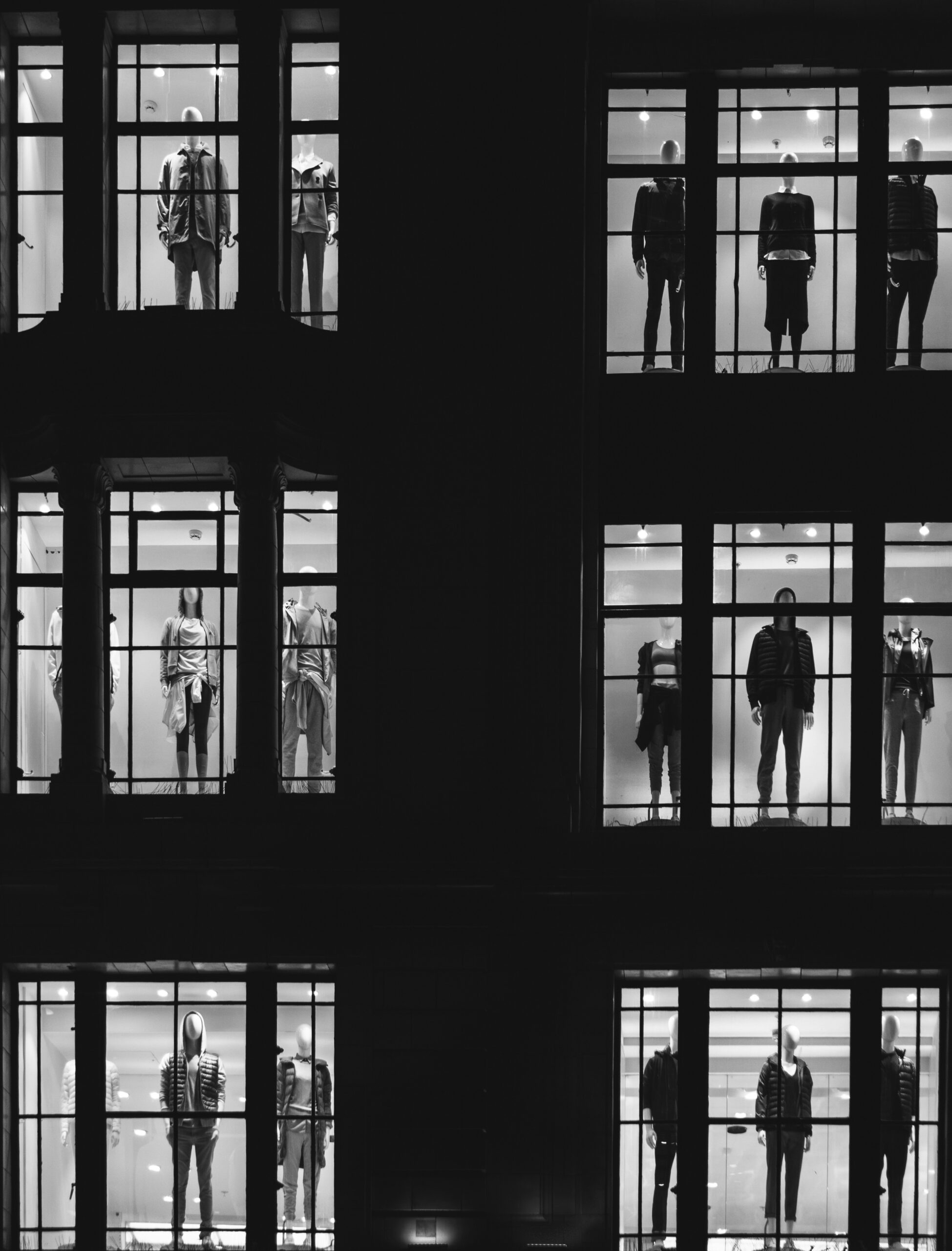

Introduction to the constantly evolving world of fashion
Fashion is a dynamic realm, constantly in flux and forever reinventing itself. With each season comes a fresh wave of creativity, daring us to explore new aesthetics and challenge traditional norms. As we approach 2024, the anticipation for what’s next grows stronger. Will bold colors dominate? Are oversized silhouettes here to stay? Or will sustainability take center stage in an even more profound way?
In this blog post, we’ll dive into emerging trends that are set to shape the fashion landscape over the coming year. From technology-driven innovations to shifts in societal attitudes towards style, expect insights that not only inform but inspire your wardrobe choices as we embrace change on every front. Let’s unpack what’s ahead!
Trends that have dominated the last decade and are still going strong
The past decade has seen the rise of several fashion trends that continue to shape our wardrobes today. Athleisure, once a niche category, has transformed into a lifestyle staple. It’s comfortable yet stylish—perfect for both workouts and casual outings.
Sustainable fashion also gained momentum. Brands are now prioritizing eco-friendly materials and ethical production methods. Conscious consumerism is more than just a trend; it’s becoming an expectation.
Vintage and thrift shopping have surged in popularity as well. Shoppers seek unique pieces with history instead of mass-produced items. This not only promotes individuality but also supports sustainability.
Bold colors and patterns remain influential. From vibrant neon shades to quirky prints, self-expression through clothing shows no signs of fading away anytime soon.
Technology’s impact on fashion: virtual clothing and AI stylists
Technology is weaving its way into the fabric of fashion like never before. Virtual clothing has taken center stage, allowing consumers to try on garments digitally. This innovation reduces waste while offering a unique purchasing experience.
AI stylists are becoming essential tools for shoppers, providing personalized recommendations based on individual taste and body shape. These algorithms learn from user interactions, making each suggestion more refined over time.
Moreover, virtual runway shows have emerged as an exciting platform for designers. They reach wider audiences without geographical limitations and create immersive experiences that traditional formats can’t match.
Fashion houses are investing in augmented reality apps too. Shoppers can visualize how pieces look in real-time, enhancing their buying journey significantly. The fusion of technology and style promises endless possibilities for creativity and sustainability moving forward.
The rise of gender-neutral and unisex fashion
The fashion landscape is shifting, embracing fluidity like never before. Gender-neutral and unisex clothing have emerged as powerful trends, breaking down traditional barriers.
Designers are increasingly opting for collections that cater to all identities. Clothing now emphasizes comfort and self-expression over conformity. This change allows individuals to choose styles that resonate with their personalities rather than societal norms.
Streetwear brands lead this charge by creating versatile pieces suitable for everyone. Graphic tees, oversized silhouettes, and relaxed fits dominate wardrobes across the spectrum.
Moreover, celebrities are championing this movement in significant ways. When public figures don gender-neutral outfits on red carpets or social media platforms, they encourage fans to explore their own interpretations of style without labels.
As consumers become more vocal about inclusivity, brands must adapt. The rise of gender-neutral fashion reflects a broader cultural shift toward acceptance and individuality in how we present ourselves through clothing.
Fashion activism and its role in shaping future trends
Fashion activism is gaining momentum, influencing how we perceive and engage with clothing. Designers are using their platforms to advocate for social justice, environmental sustainability, and inclusivity.
Brands that champion ethical practices resonate deeply with consumers today. This awareness drives a shift in priorities toward transparency and accountability within the industry. People want to support labels that reflect their values.
Moreover, fashion activism encourages creativity. It pushes designers to explore innovative materials and sustainable methods of production. Upcycling and zero-waste designs are no longer just trends; they’re becoming essential components of modern fashion narratives.
The movement also amplifies voices from diverse communities. By showcasing different perspectives, it fosters a richer dialogue about identity through style. As these influences intertwine with mainstream culture, we’re likely to see bold new trends emerge rooted in purpose over profit.
Conclusion: embracing change in the fashion industry
The fashion industry is at a pivotal point. As we look ahead to 2024, it’s clear that change is not just on the horizon; it’s already here. Embracing new trends and ideas means being open-minded and forward-thinking.
Fashion has always been about self-expression. The shifts towards technology, inclusivity, and activism signal a broader cultural transformation. Consumers are more empowered than ever to demand what they want from brands—sustainability, diversity, and innovation.
As styles evolve and definitions of beauty expand, there will be exciting opportunities for everyone involved in the industry—from designers to consumers. By staying attuned to these changes while celebrating individuality, we can ensure that fashion continues to inspire and unite us all in creative ways.
Change isn’t something to fear; it’s an invitation for growth. So let’s welcome the future with open arms as we step into this vibrant next chapter of fashion together.
